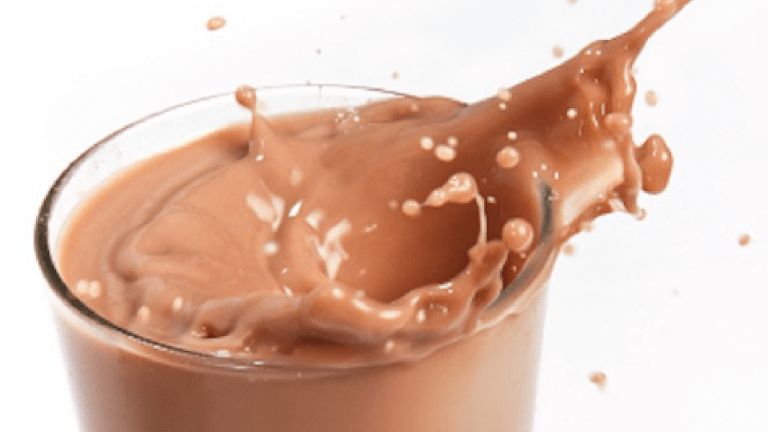1
The powder needs at least 20 grams of protein per serving. There must be more protein in the powder than carbs and fat.
2
The protein source needs to be or a combo of: whey (hydrolyzed, isolate, or concentrate), micellar casein, egg white, or plant based and not contain soy protein. It can have trace amounts of soy in the form of soy lecithin, which has very little soy and is a binder in shakes.
3
Avoid soy protein, it’s a cheaper type of protein, difficult to digest and has a lower amount of nitrogen per gram than the other recommended types of protein powders. In addition, most soy is GMO based (genetically modified).
4
The powder needs to be gluten-free.
5
The powder needs to be low in sugar and use a natural sweetener (like stevia).
Some brands I recommend are: Zen Fuze Protein Shake, Power Crunch Proto Whey Powder (with hydrolyzed whey, made by BNRG), Egg White Protein Powder and Vega One Nutritional Shake made by Vega (plant-based powder).
1
Each bar has different flavors, so choose the flavor you prefer.
2
The protein in the bar needs to be within a five gram range of the total carbs. For example, if the food label shows twenty grams of carbohydrates, you can eat a bar that has anywhere between fifteen and twenty-five grams of protein. Staying within this five-gram range ensures the bar will be correctly balanced. If the bar has more than five grams more carbs than protein, do not eat it will most likely spike your blood sugar.
3
The protein source needs to be either whey (hydrolyzed, isolate, or concentrate), micellar casein, egg white, or plant based and must not contain soy protein. It can have trace amounts of soy in the form of soy lecithin, which has very little soy and is a binder in most protein products. Avoid soy protein, it’s a cheaper type of protein and has a lower amount of nitrogen per gram than the other recommended types of protein bars. In addition, most soy is GMO based (genetically modified).
4
The bar should to be gluten-free.
5
The bar needs to be low in sugar, preferably high in fiber “and use a natural sweetener (like stevia). Some bars use small amounts of sucralose (fake sugar). If sucralose causes you to experience digestive challenges, avoid it.
The brands of protein bars that meet these guidelines are: Power Crunch made by BNRG, Quest made by Quest, Rise Protein made by Rise, Kirkland Protein Bar, made by Costco and Vega Protein Bar (plant based)
One last thing I want to quickly cover is electrolyte replacement. We all know how much we sweat during the summer tennis matches. This amount of perspiration can lead to an electrolyte imbalance and greatly affect your performance.
Always have these two things in your tennis bag:
1
Electrolyte tablets and gels (can get online or at sporting goods store): These tablets or gels are zero to low calories and provide a full spectrum of electrolytes to ensure protection.
2
Low Sugar Sport Drinks: Gatorade, PowerAde, Vitamin Water and other brands now offer natural and low sugar recovery drinks that kid athletes love and are loaded with electrolytes.
Simply choose the low sugar sport drinks that have less than 12 grams of sugar and are under 50 calories. And, of course, the more natural and dye free, the better.
Mark Macdonald is a world renowned nutrition and fitness expert, best-selling author, television personality, international teacher and speaker, and entrepreneur who has coached everyone from celebrities to athletes to business executives to busy moms.
He is the founder of Venice Nutrition and the IBNFC: International Board of Nutrition and Fitness Coaching, author of the New York Times Bestselling books Body Confidence and Why Kids Make You Fat...and How to Get Your Body Back, as well as a featured health expert for many national media outlets.
